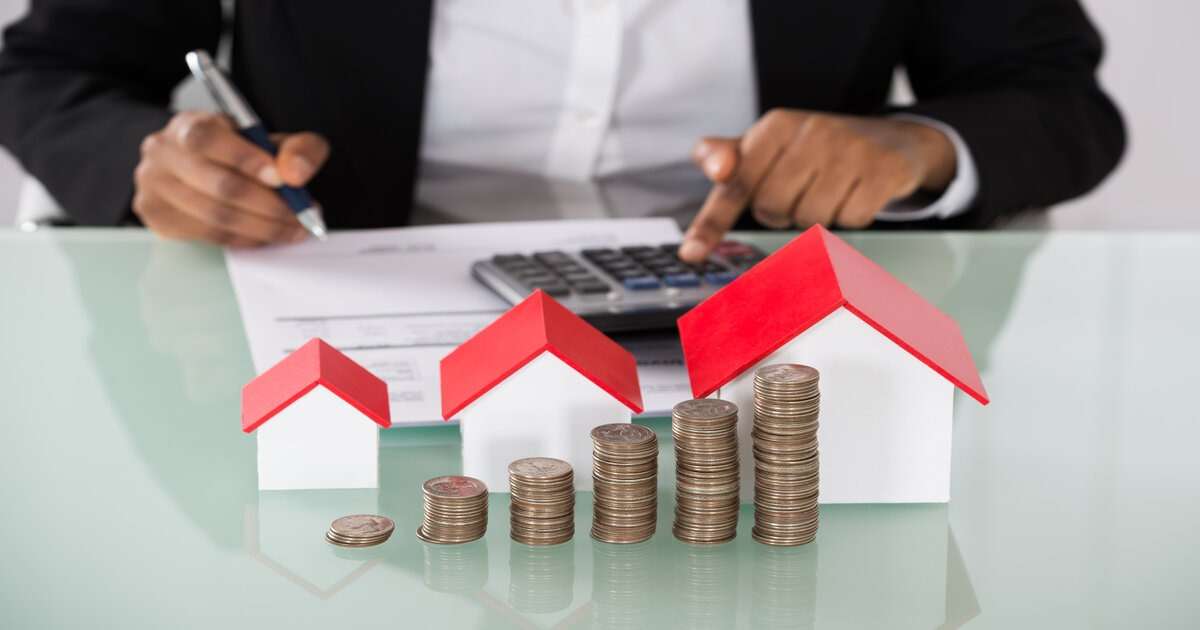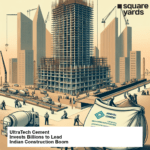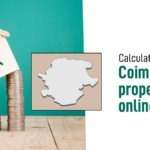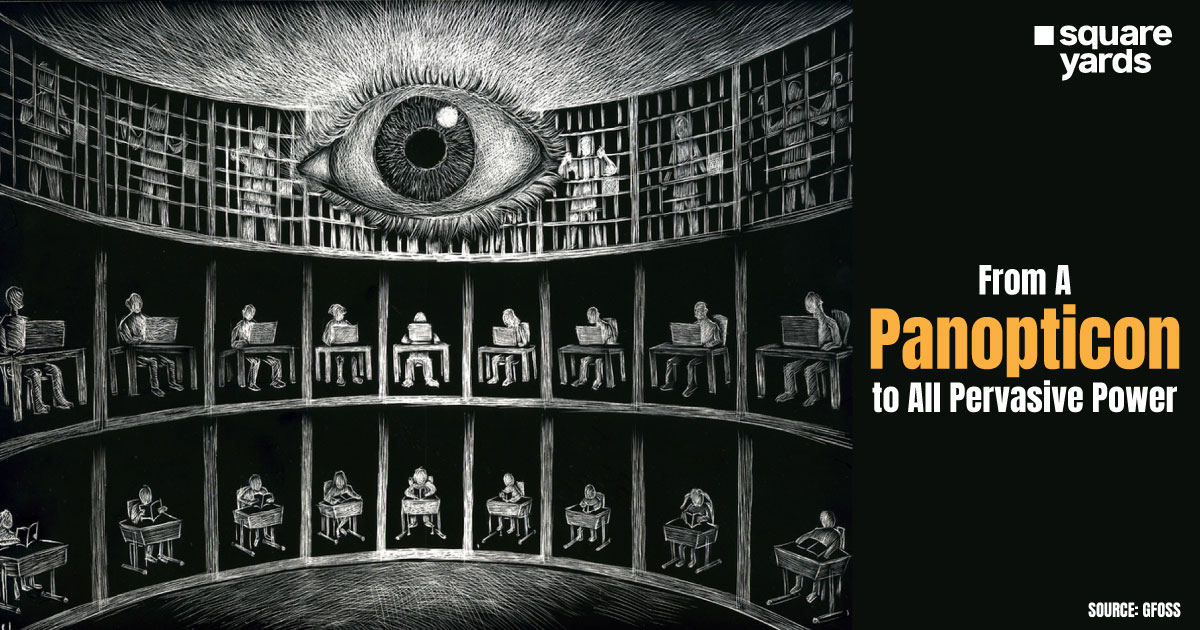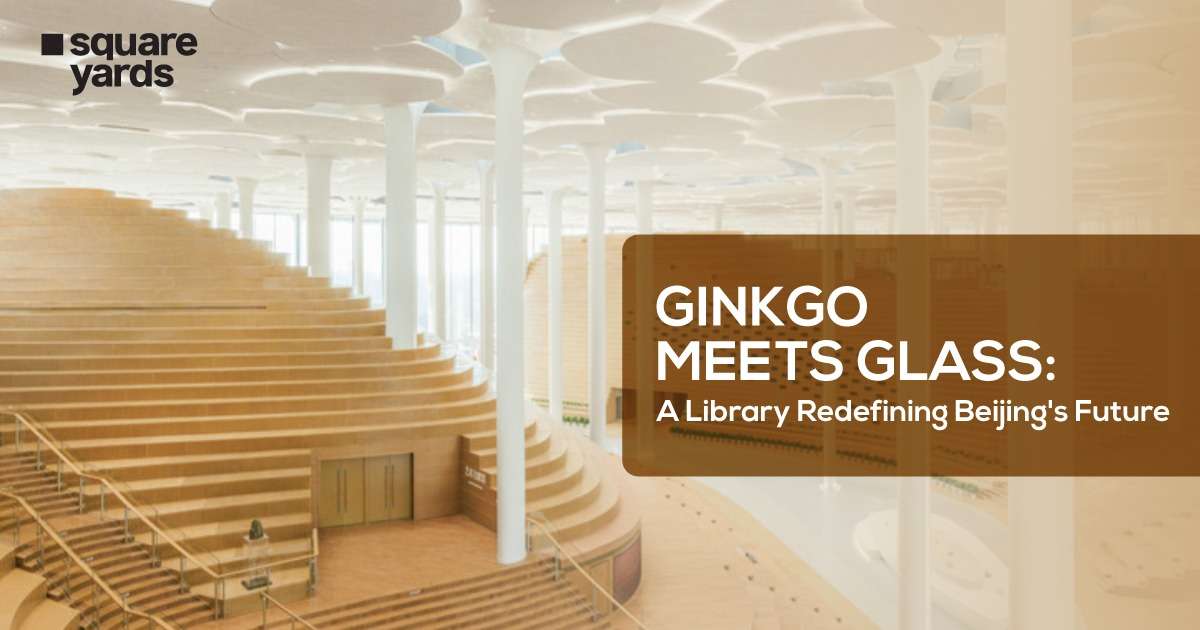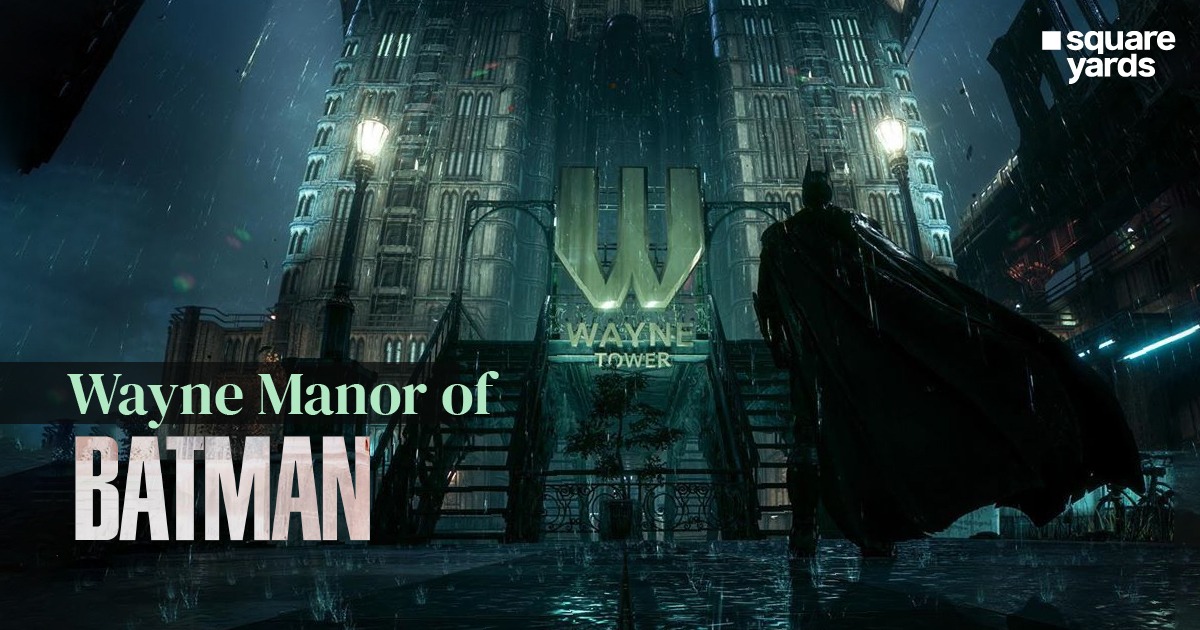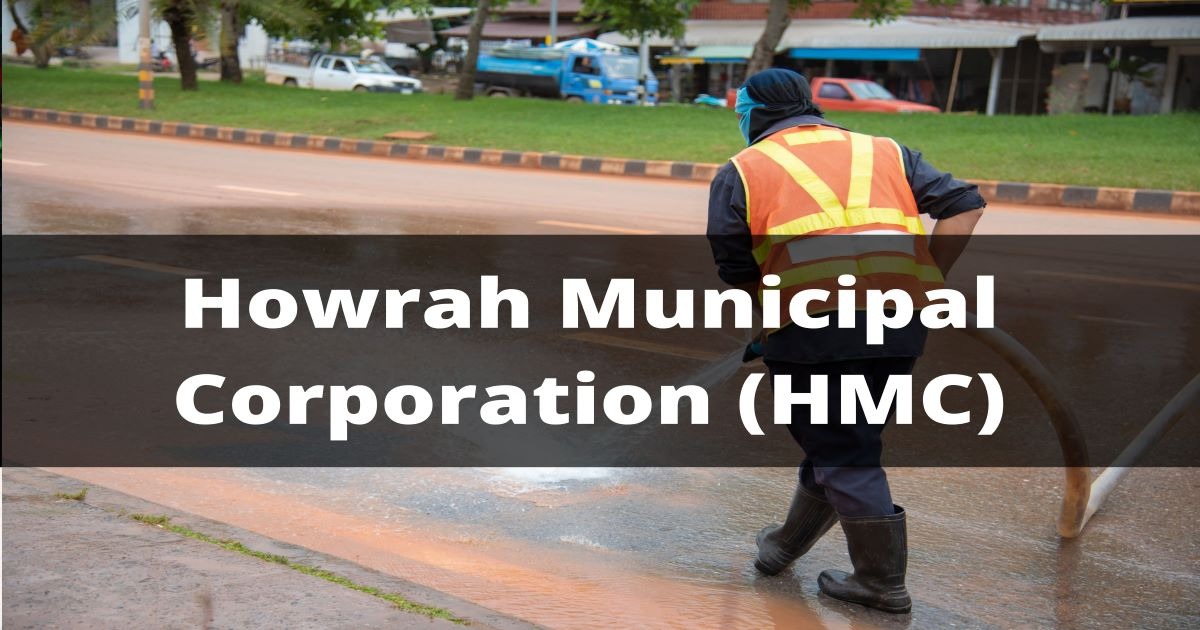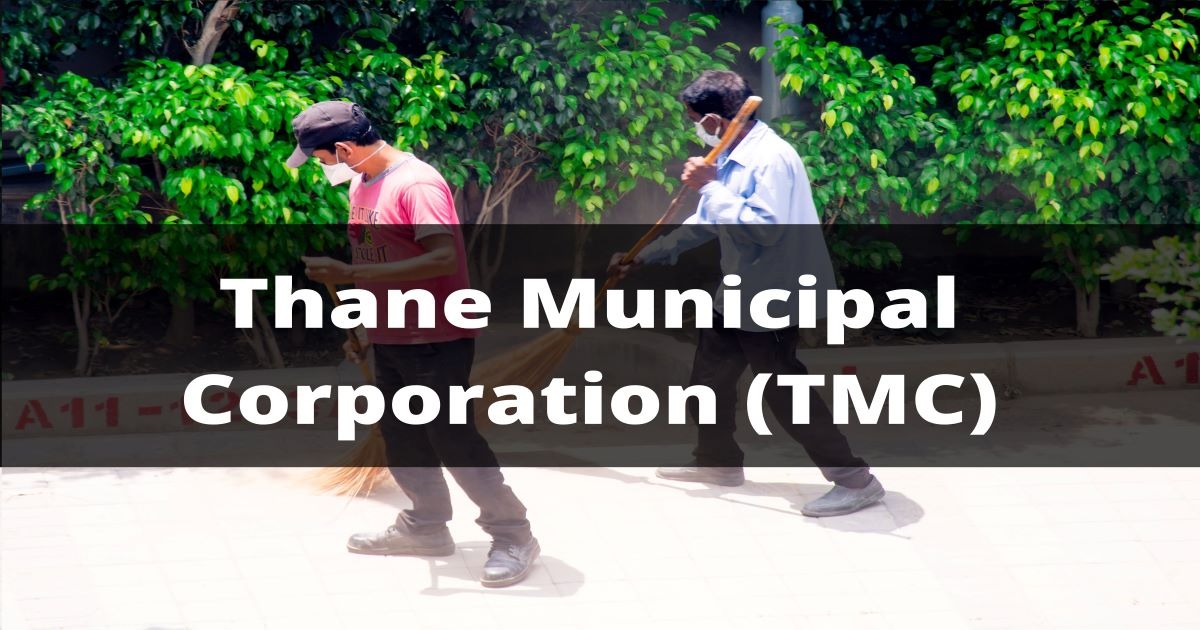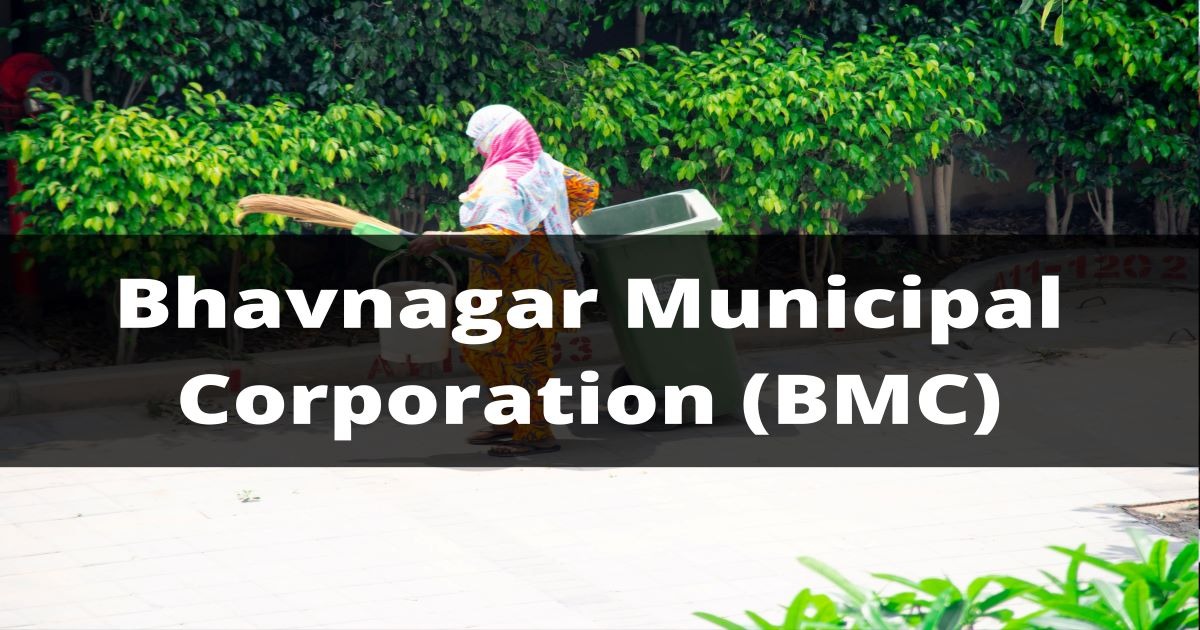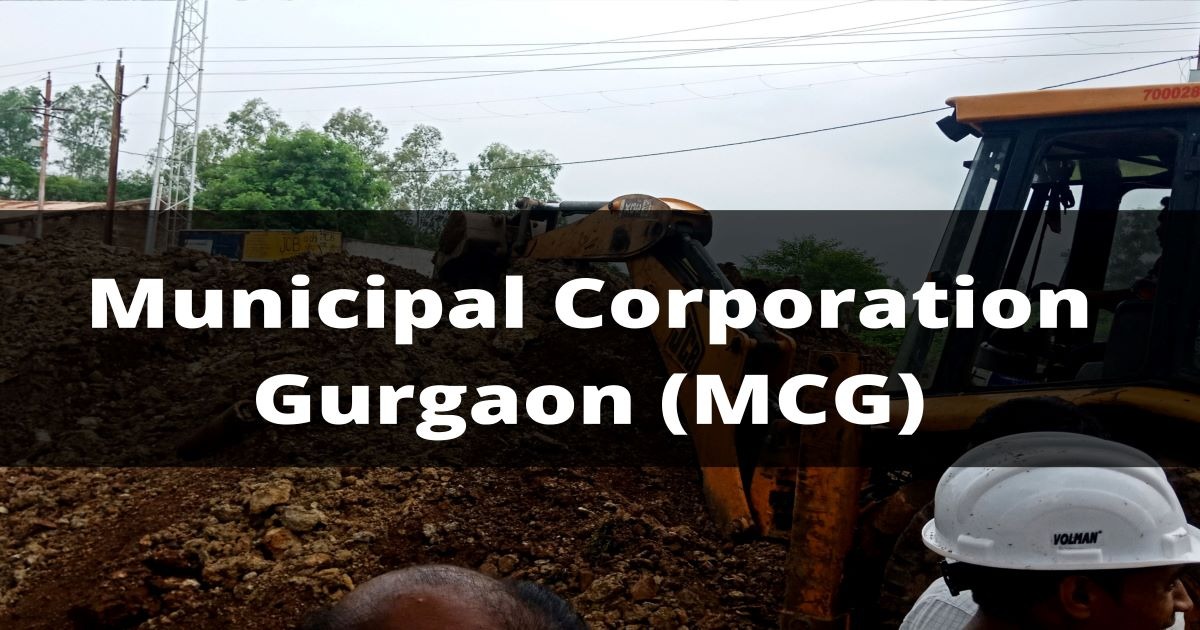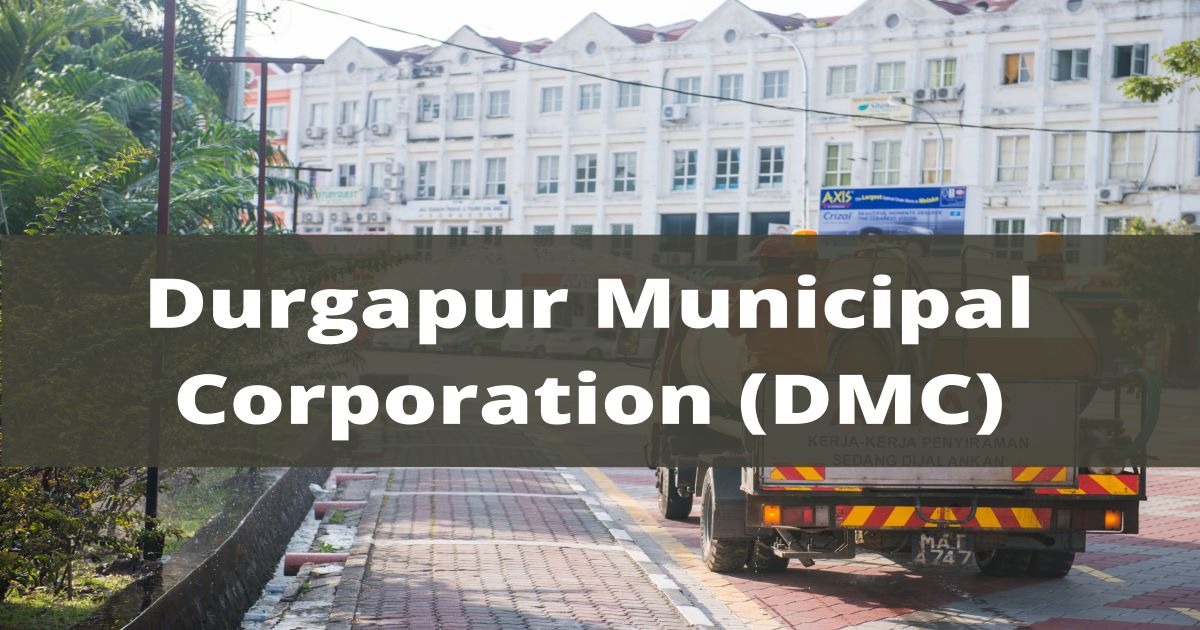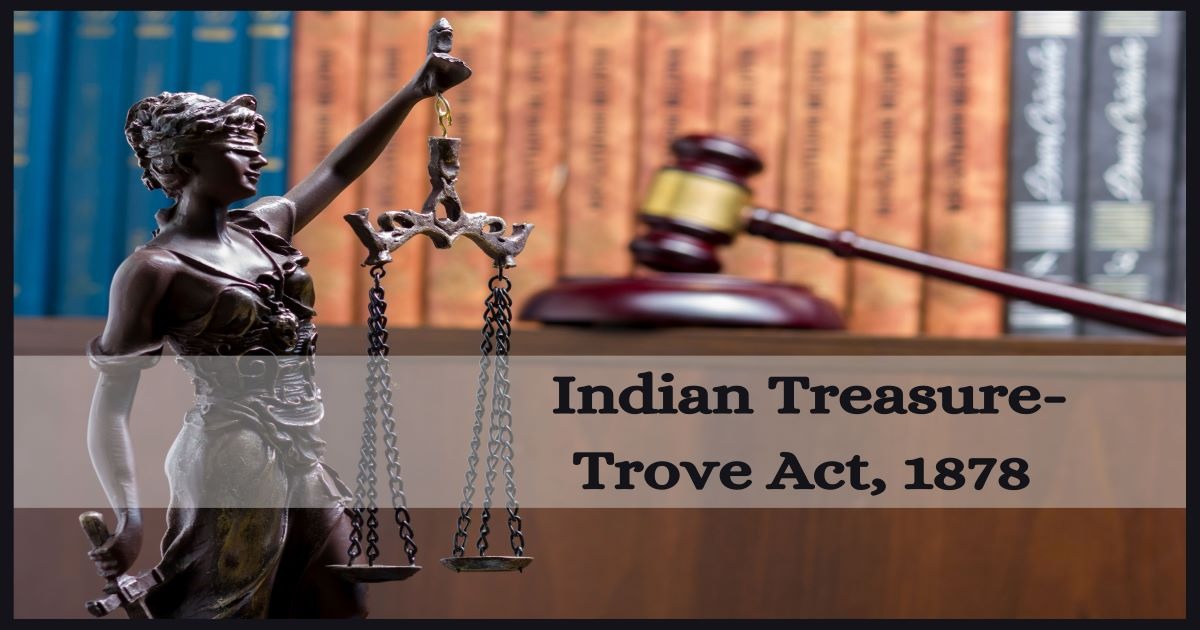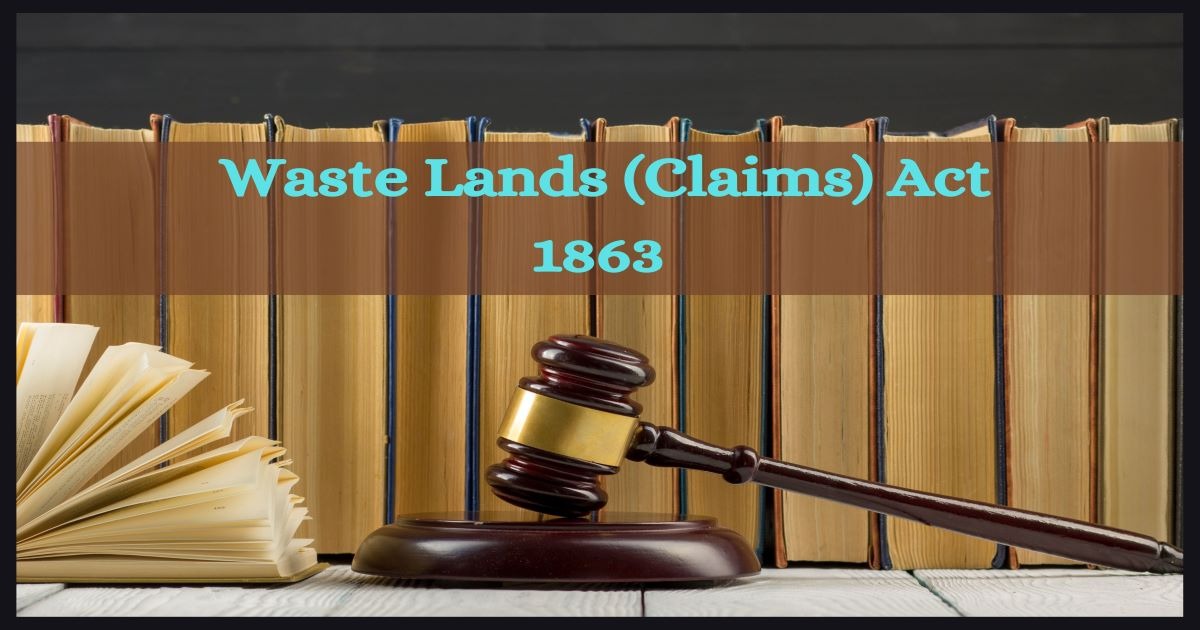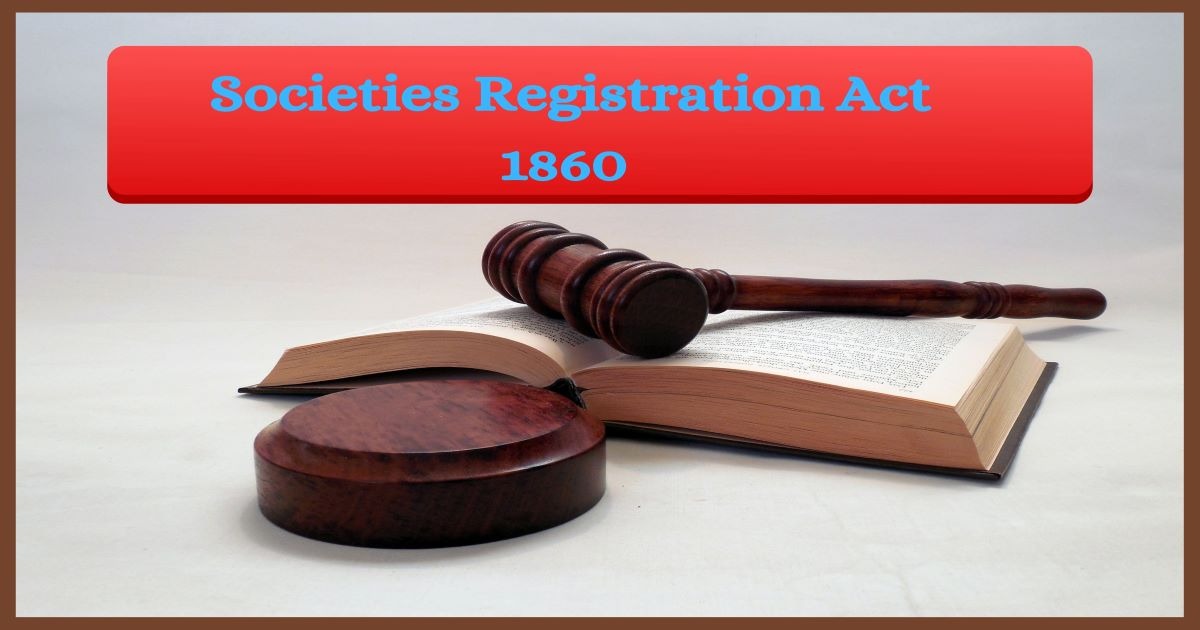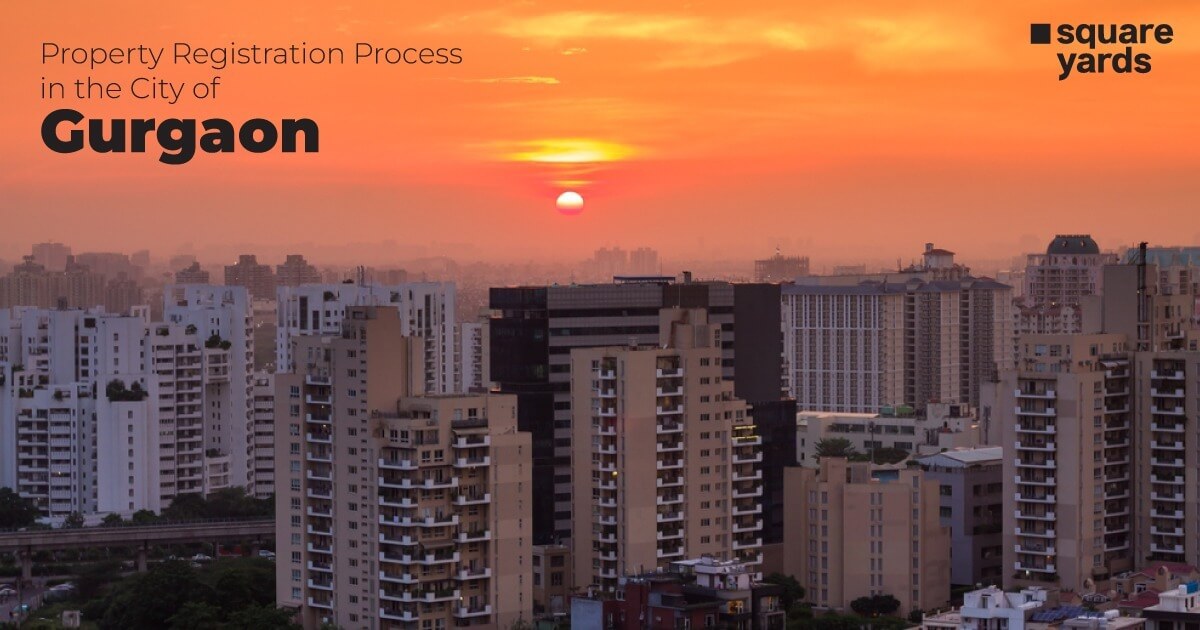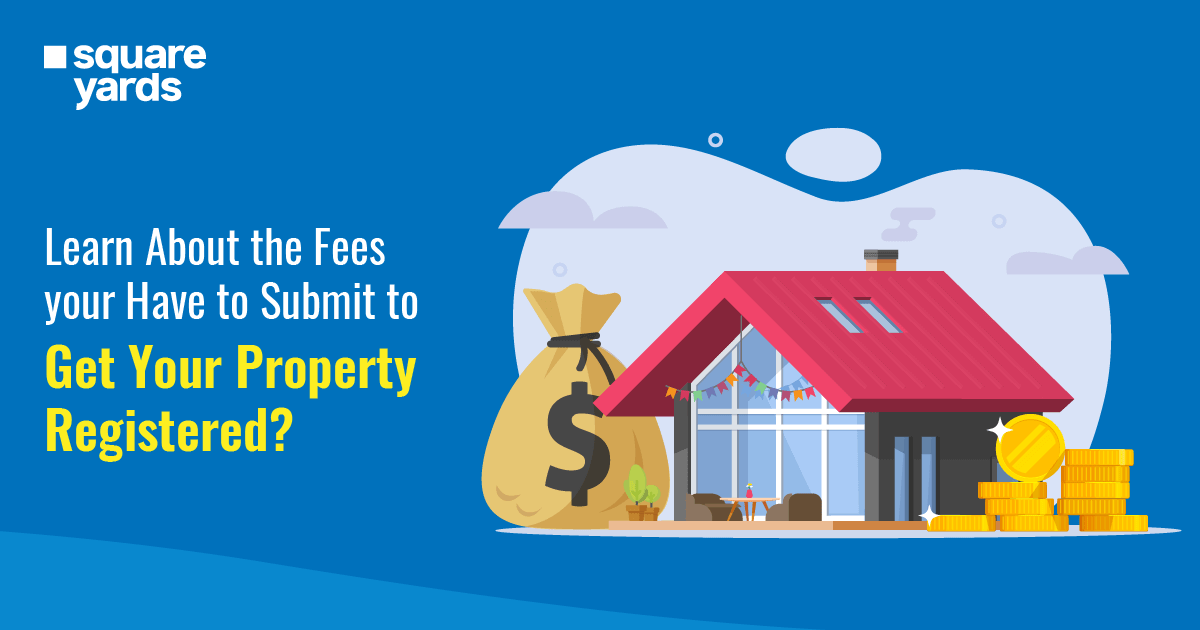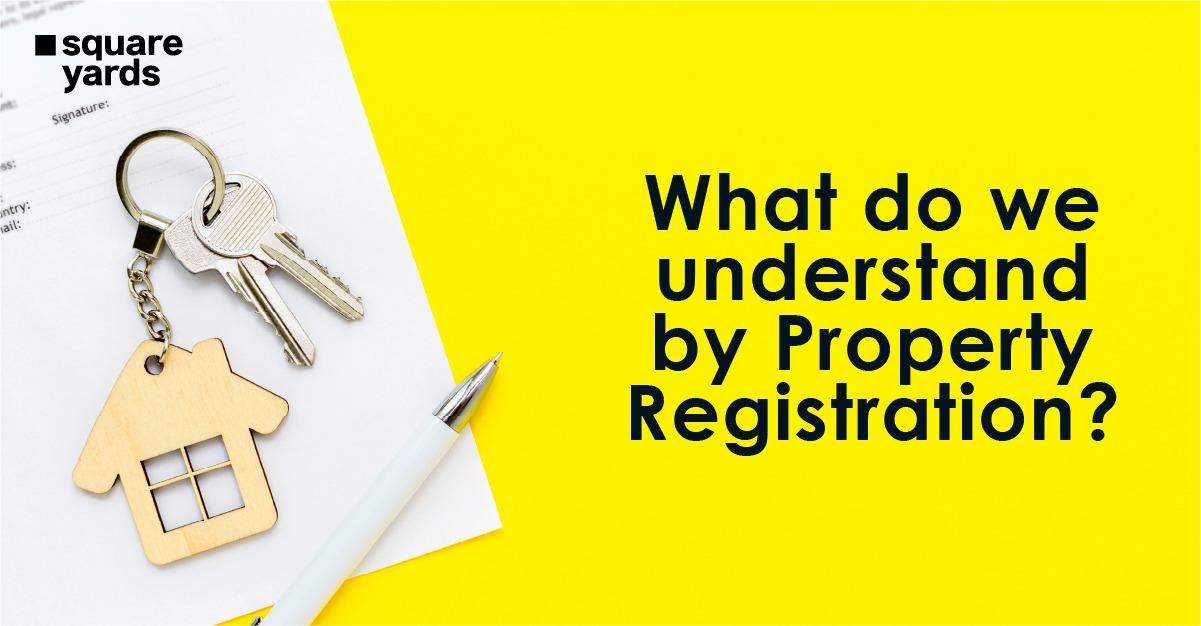A guide to calculating the value of your land
The real estate industry, the slump in the economy, and yet the rising costs of real estate disproportionately in different cities in India are a bit of a paradox. The slump in the real estate industry since the last 15 years, the recession of 2008, and the 2 latest years of lockdowns and pandemics seem to have not affected the real estate market and the growth seems to be exponential. An attempt shall be made to try and analyze the reasons for this inexplicable urban boom amid an economic slump.
There are various methods to calculate property value which include the guidance value, land value, and the belting method. These provide realistic tools to calculate land value.
Analysis of the socio-economic factors reveals the likely answer is the tendency of people to congregate in increasing numbers in a densely populated area. There are other factors such as proximity to areas of work and income, the promise of elevated living standards, and most often just a status symbol. There are certain localities in Mumbai that are just enough to say that property is owned. The Beverly Hills localities, Mudh Island, Malabar Hills, and Juhu Beach. This is the reason why the rate per sq feet is the highest for this city at Rs 9475.
The key to understanding and correctly assessing land value calculation is land value mapping.
Annual Property Price Growth: Citywise breakup
A city-wise analysis of land value in terms of the rate per sq foot and percentage annual growth makes an interesting study.
The Indian cities of Ahmedabad and Hyderabad have an annual growth rate of 5% though the average rate of property per sq foot is Rs 3234 in Ahmedabad but Rs 5713 in Hyderabad.
The cities of Pune, Bangalore, and Chennai have shown annual growth rates of 3 % in their real estate prices. But the rate per sq foot is the highest at Rs 5700 in Pune, followed by Rs 5450 in Bangalore and Rs 5275 in Chennai.
Surprisingly, the Delhi-NCR region ranks the lowest at just 1% annual growth along with Kolkata. The average rate of real estate per sq foot in Delhi is Rs 4327 while it is the lowest at Rs 4208 in Kolkata. The national average growth of real estate is 3% with an average rate of Rs 6234 per sq foot.
This data seems to indicate that the growth rate, as well as rate per sq foot, are both higher in cities with a developed infrastructure and high density of industries, IT hubs, economic zones, and business parks.
Comparative Property valuation Method
The comparative method of property valuation is, as the name suggests, comparative. If there is an upmarket residential area in the heart of a city and 2 or 3 apartments have sold for Rs 50 lakhs each, this price becomes the new norm for the asking price of a property in that area. The event of a few apartments selling at higher prices causes the prices of similar apartments to also rise to this level.
There are, however, many factors that may act as deterrents and cause lower prices to be offered for some apartments. They include the size, location, level, and frontage of every particular house or apartment. Apartments and houses built according to Vastu shastra principles command higher prices. There are several factors such as corner plots with ease of access, park facing houses, bigger houses, and even the storey level that affect the property cost. There are diverse factors that are unique to cities. While a ground floor apartment commands the highest prices in the Delhi NCR region, they attract the lowest prices in Mumbai because of the increased risk of floods.
Another key deterrent to some houses not following the comparative property valuation method is legal issues. A house with litigation attracts lower prices for obvious reasons as few people would be willing to shoulder this liability.
Discover the Property for Sale in Your Nearby Cities
| Property in Bhubaneswar | Property in Vijayawada | Property in Rajkot | Property in Patna |
| Property in Faridabad | Property in Vizag | Property in Jaipur | Property in Sonipat |
Development Method
The development method is the phenomenon where upcoming development in a locality jacks up the prices of all property in the area. There are several cases where the building of an expressway pushes up the prices of land adjoining the expressways. Developers come to know about upcoming PPP (Private Public Projects) projects coming up near expressways. A typical case is the Yamuna Expressway that links Noida directly with Agra.
The land around the expressway used to cost Rs 4-5 lakhs per bigha (27000 sq feet). With the announcement of the construction of the Jewar airport, the same land cost has gone up 5 times to around Rs 20 lakhs for a bigha. In addition, the YEIDA (Yamuna Expressway Industrial Development Authority) is offering plots of land by lottery. This has also served to increase the price of land in the area.
A similar price increase is being seen in plots of land located around the Ganga Expressway linking east and west Uttar Pradesh. There are plans to develop industrial parks in key areas and news of these developments have also pushed property prices up.
The Land and Building method
The land and building method of calculation of property value is a little complicated. The Assessment of a building, as well as the land on which it stands, are done separately.
To understand this method of value evaluation and calculation, the example of a building is considered. If the building is to be reconstructed for Rs 35 lakhs and Rs 7 lakhs is deducted as deprecation cost. The cost of the building thus works out to Rs 28 lakhs. Now the possible income from rent or lease of a similar building in the area is assessed. If the average possible income from the property comes to Rs 60 lakhs, the effective cost of the land works out to Rs 25 lakhs. The other methods of land valuation such as the comparative method, the development method, and the belt method can also be used to assess the realistic earning potential of the building.
The Belting Method of Land Valuation
The belting method is a unique method for land value assessment of large plots of land in urban areas. In this method, a plot of land is divided into belts based on its proximity to the main road. The first belt, which has a width up to 10 meters, has the highest value. The second belt which may be up to 50 meters from the main road may have a value of 75% that of the first belt. The third belt is for any stretch beyond 50 meters from the main road and is valued at 50% that of the rate of the first belt.
The width of each belt and the percentage values of the subsequent belts will vary from city to city and locality to locality.
The Guidance value method of property valuation
The guidance value consists of mostly rates that are set by central and state governments for setting land and property value in an area. This is known as the circle value and may be more or less than existing rates prevalent in the area.
There is, however, a catch in the guidance or circle values. If the circle value is higher than the prevailing market value, the value of property begins to rise or sales begin to drop. A classic example of higher circle rates that were established by the Rajasthan Housing Board in offering lotteries for RHB plots early in 2020. This resulted in over 24000 apartments remaining unsold as there were no applicants and finally these apartments had to be auctioned at a discount.
There is another problem in the adverse situation. If a property is sold at a rate less than the circle value, the difference becomes a penalty and is taxed as an income of the buyer. This became a big issue with developers who could not dispose of low-value idle land whose circle rates were much higher. If the developers are forced to sell such property at lower rates, they are taxed for the difference in rate. Even stamp duty and registration charges are calculated based on circle values rather than market value.
There has, however, been some relief in this sector. After repeated requests from the NAREDCO (National Real Estate Development Council), The government has relented and has allowed up to 20% of the difference between circle value and actual market value under the Atma Nirbhar Bharat 3.0 scheme.
Valuation key points to remember
Several factors help establish the value of any property. The key points to be kept in mind include the following:
Developer- The name of the Developer in any construction is a key factor and assures prospective buyers about the quality of the construction. Big names such as DLF, Bestech, Hiranandani, Godrej Homes, Purvankara, the Brigade Group, Ansal and Unitech command high prices for their apartments and homes. The homes built by such big developers fetch the best prices mostly in the name of these developers alone.
Age- The age of a building can be crucial in determining the price of the property. An old house with old-style construction will entail higher maintenance costs and will fetch a lower price. Buyers would prefer to reconstruct or conduct extensive renovation.
Guidance Rates– It is very important to learn about guidance rates such as circle rates. There may be a heavy tax burden if the property is bought at a lower rate than the circle rate fixed by the government through a difference of up to 20% is now permitted. On the flip side, it is advisable to be updated on new infrastructure projects and buy property close by before guidance circle rates are fixed and property costs begin to rise.
You May Also Like :
FAQ :
Can I calculate the value of my farmland based on the Belt Method as it is next to the main highway?
The Belt method is used to calculate the value of land in urban areas. Since your land is farmland, you can calculate its value on the basis of the market value prevailing in the area. Be sure to check if the state government has fixed any circle rate for land in the area and if the market value is lower than the circle rate.
I own a very old building but the land is prime and in a posh locality. Will I still get market value for selling my property?
Your old building is likely to diminish the value of the property you own. Any new buyer will deduct the cost of the reconstruction as per the rules of valuation. You can speak to a prospective buyer and demolish the building and just sell the land.
Will the value of my property increase with the extra construction I have done on it?
The value of any extra construction will depend on the buyer of your property. It is best to wait for a buyer who requires the extra construction you have done.
If I get a property at a price lower than the market value and circle rate, which value shall be considered for registration?
If there is a circle rate in the area where your property is, stamp duty and registration fees will be calculated based on the circle rate or the market value even if you have paid less for the property.
Can I get a higher rate on selling my apartment for the luxurious interior decoration that I have done?
Yes. You can ask for a higher price. This is no problem as long as the price that you are charging is not less than the market value or the circle rate.


